When your furnace won’t start, the idea of do-it-yourself furnace repair in Hasbrouck Heights, New Jersey, can appear pretty daunting.
Fortunately, if you find you need help from a heating and cooling pro in Hasbrouck Heights, New Jersey, ACE Solutions is here to assist you! We repair most makes of heating systems and also provide emergency furnace repair.
If it’s time for a new heating system instead of repair, ACE Solutions also provides energy-efficient furnace installation in Hasbrouck Heights, New Jersey.
While you’re talking with us, think about a regular furnace maintenance plan that may assist in avoiding unnecessary repairs and increase your system efficiency. We can advise you as to how frequently your furnace should be examined by one of our certified pros.
How do you know if you need heating repair? Read the easy guide below.
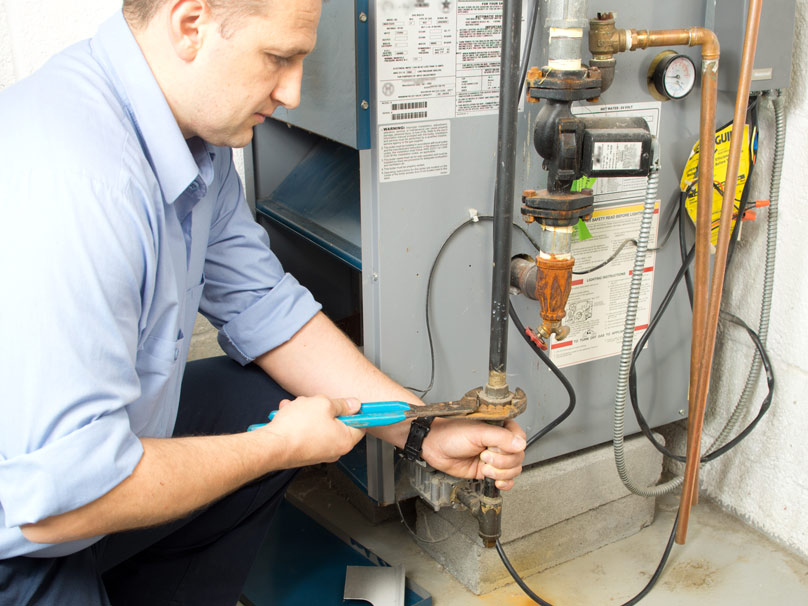
8 Signs It’s Time For Furnace Repair

1. Some rooms in your home won’t get warm.
Your furnace should provide warmth to every room in your home. If it doesn’t and some areas in your home are too cold, call one of our HVAC technicians for furnace maintenance or repair.
2. Your home’s energy bills increase suddenly.
If you don’t seem to be using your furnace more, but your home heating bills are increasing more than they should, it could be that your furnace is inefficient and is due for repair.
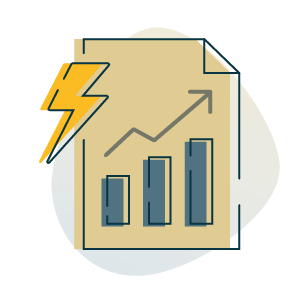
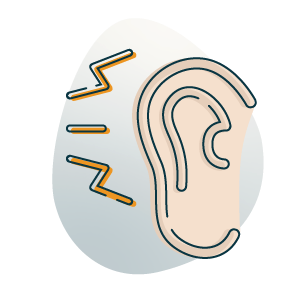
3. Strange noises come from the furnace.
All home comfort systems make some noise, but if your furnace begins making odd noises—especially banging—it’s a sign you should have it examined by an expert.
4. Your furnace constantly turns off and on.
Called short cycling, a furnace that is continually starting and stopping instead of turning on and completing its cycle most likely needs repair from an experienced HVAC technician like the team members at ACE Solutions.
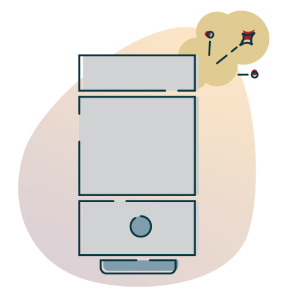
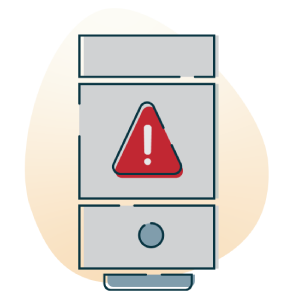
5. The heating system won’t start.
If your furnace will not start, that’s certainly a sign you should get HVAC repair. If it turns out you need furnace replacement, our HVAC technicians in Hasbrouck Heights can help you select a new energy-efficient furnace that’s a good match for your home.
6. Water leaks around your HVAC system.
Any type of water pooling around your heating and cooling system is a sign there’s something off that needs timely HVAC repair. We’ll give you a diagnosis and present your repair options, so you can select which works best for your home and budget.


7. Your heating system smells weird.
Furnaces shouldn’t smell bad. If there’s a persistent nasty smell coming from your furnace, it’s a sign you should seek repair. If you think you smell gas or a sulfur smell, it could be a gas leak and requires immediate action: evacuate your home right away and reach out to get help once you have gotten to safety.
8. Weak airflow from vents in your home.
From problems with your ventilation system to issues with your blower motor or a clogged furnace filter, insufficient or weak airflow from vents could be caused by a number of problems that may need HVAC repair, system maintenance or furnace installation.
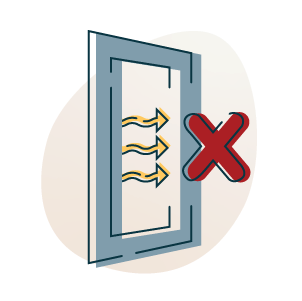
We Can Help with HVAC Repair
Followed our troubleshooting guide but your furnace still won’t work?
Call us today at 201-426-0650 or contact us online. We’ll come out and figure out the problem.
